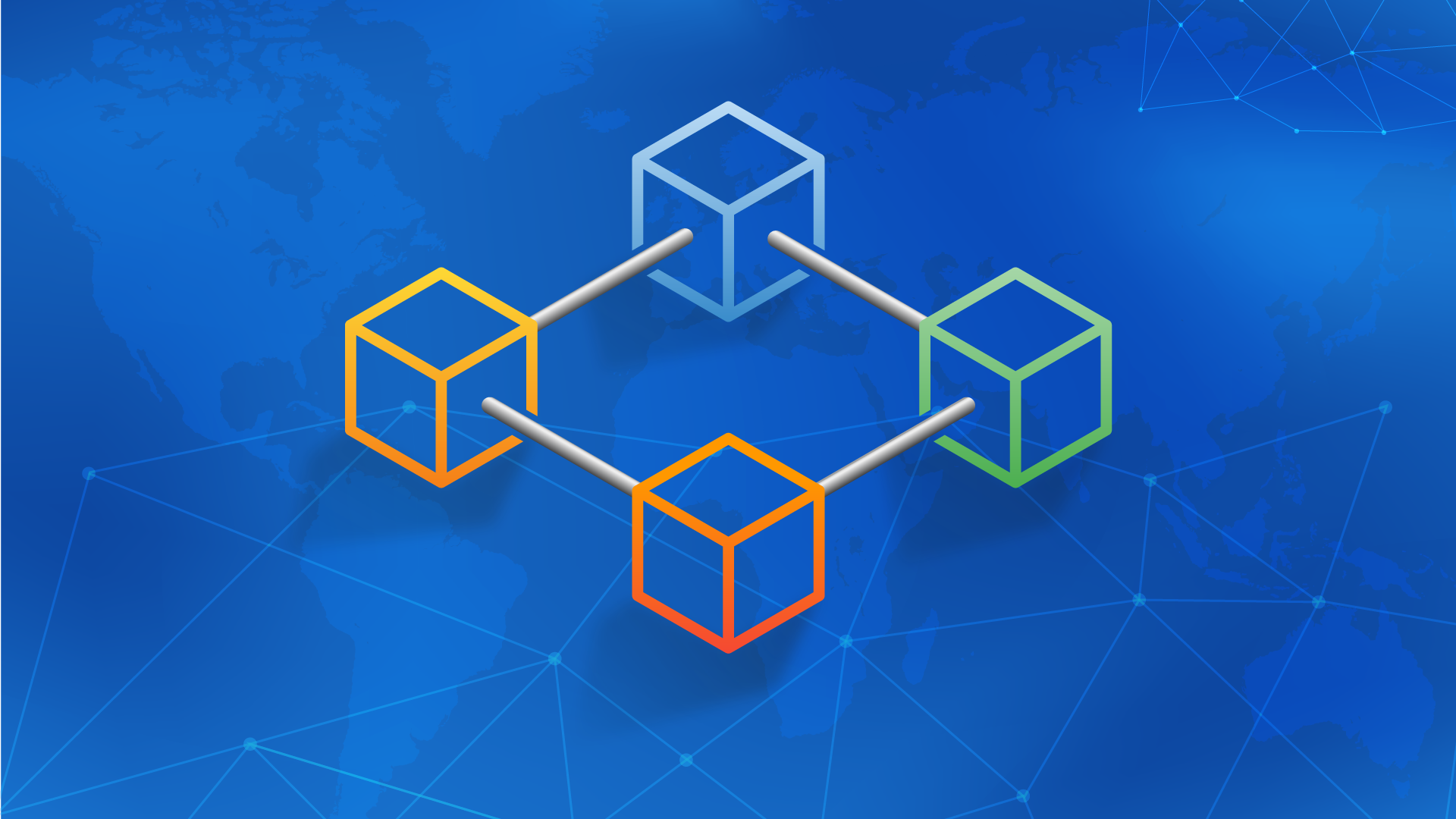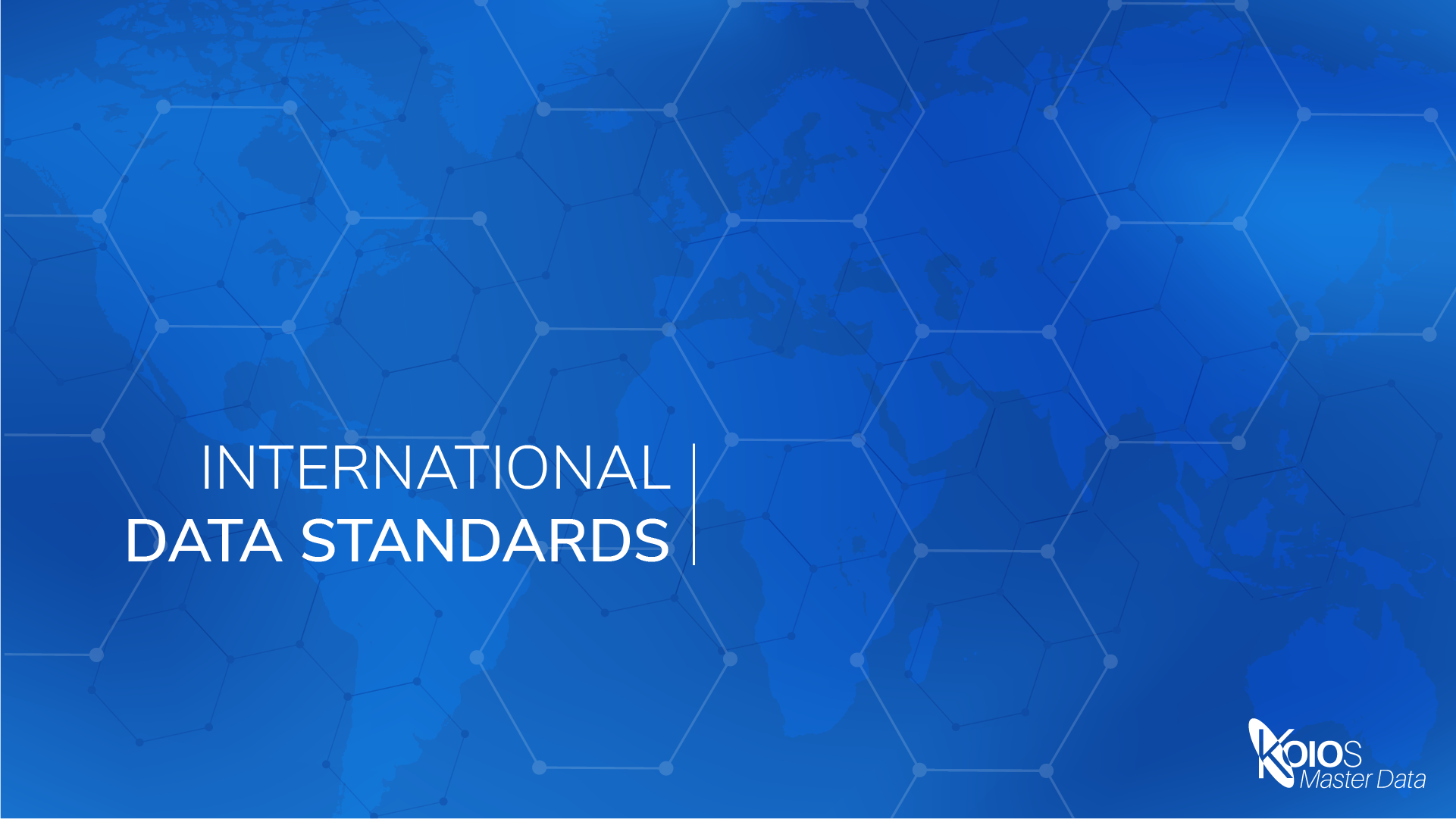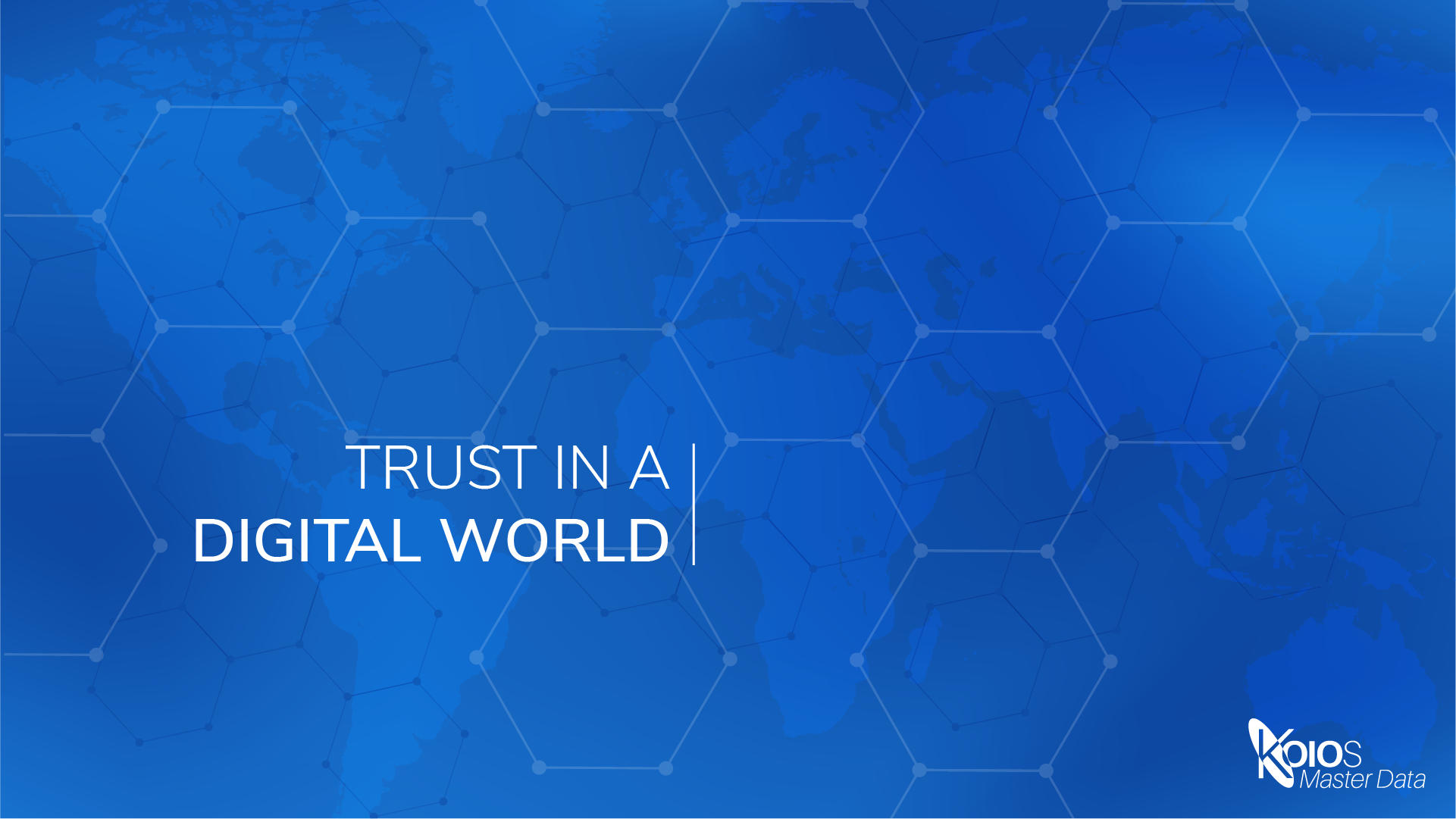This is part one of a four part presentation that I delivered at the ‘Industry Blockchain Expedition’ hosted in Linz, Austria. We have included the visuals and video’s used to illustrate some of the concepts of Blockchain and its use incorporating ISO quality data.

Blockchain: Potential Uses – Incorporating International Standards – Part 1
Blockchain
Potential uses incorporating international standards (Part 1)

Presentation to the Industry Blockchain Expedition
Linz, Austria
26th November 2018
Introduction
This is the online version of a speech that I was asked to deliver at the ‘Industry Blockchain Expedition‘ hosted in Linz, Austria. We have included the visuals and video’s used to illustrate some of the concepts of Blockchain and its use. This is rather a lengthy blog so, I have included a shortcut menu on the right, so you can navigate to an area of interest or resume reading.
I would like to thank the organisers of this event for inviting me to speak with you today. When I received the invitation, initiated I believe by Paul Dietl, a contact I have been working with at SKF in Steyr, I was obliged to explain to the team that I am not a blockchain expert, although I am working on a potential use case for blockchain.
However, as I explained, that one interesting feature of this use case that was different to any others we had come across, was that we were incorporating international standards into the solution.
“Perfect”, said the organisers.
So here I am!
I have three aims to achieve in my talk today:
- To demystify blockchain;
- To show the role international standards will play in the growth of blockchain;
- To demonstrate how small businesses can find practical applications for blockchain technology and benefit from this technology.
Firstly, to give you some context. I am not an academic, I not employed by the UK government, nor am I employed by a global corporation, although I have worked for global corporations in the past.
I am a small business owner, I have two businesses; the longer established business is my consultancy business, through which I help companies with their materials management issues.
A large part of my time in that business is helping organisations resolve their materials management issues, the root cause of which is frequently poor data quality.
My efforts to find appropriate tools that incorporated international data quality standards to help solve these data quality issues that my clients were facing was frustrating, and so, a couple of years ago I decided to start my own software company to create the software that I felt the market needed.
I am recognised by the British Standards Institute and the International Organization for Standardization as an industrial data expert, I give up a lot of my time developing standards in that area, and I sit on two international working groups.
Following this meeting I am off to Houston for a weeks work on the oil and gas interoperability standard ISO 18101 that will be published next year.
This talk is presented from the perspective of my software company, KOIOS Master Data Limited.
Before you hear me speak on the subject, I would like to play you a short advertisement created by IBM to explain blockchain.
IBM Blockchain: The Blockchain built for smarter business
Building a Blockchain

The first block
- The first block contains initial information;
- This information could take the form of transactional data or master data;
- This block represents the start of a blockchain
Blockchain was created to securely exchange transaction data; to record tangible and intangible assets; and to create an alternative to central bank controlled currencies.
One compelling feature of blockchain is that these records are immutable; that means that they are unchanged over time, and unable to be altered.
As you saw in the video, implementations of blockchain have moved beyond alternative currencies, and are being used to record master data as well as transactional data.
A block is essentially a data record, just like an individual record in a traditional ledger.

The second block
- The user creates the second block and it links to the first block
When a second block of data is added it is linked to the first block, creating a chain.
Blocks record the time and the sequence of transactions. Each block contains a HASH key, which is a unique digital identifier.

The third block
-
-
- The third block in the chain is created and links to the second block;
- New blocks are always added to the latest block;
- Blockchains store transactional data;
- A hyperledger can contain both master data and transactional data
-
When a third block of data is added to the chain, it links to the second block, not the first block. All blocks are linked sequentially.
As I mentioned earlier, there are a number of ways to implement blockchain, and in this presentation we will be discussing examples where Hyperledger may be the appropriate technology.
Hyperledger is hosted by the Linux foundation, an open source community, whose vision is to be the facilitator for mainstream commercial applications.

Blockchain is decentralized
-
-
- A blockchain can be thought of in terms of transaction data storage in the same way as a database;
- The key difference to traditional databases is that blockchain is decentralized;
-
Another key feature of blockchain is the decentralised architecture. This decentralisation means that there is no single point of failure that would bring the network down. This is a key differentiator to the traditional single database model that is increasingly vulnerable in today’s world.

What is a Network Node?
-
-
- Network nodes enable blockchain to be decentralized
- The role of a node is to support the network by maintaining a copy of a blockchain.
- All participants in a private, permissioned, system can be a part of the network
-
Decentralisation is achieved by the creation of network nodes. A network node is another term for a computer that maintains a copy of the database.

What happens when
a ‘Node’ is corrupted?
-
-
- If a third party alters a part of the chain the network may determine that the blockchain on that node is no longer the longest chain and is potentially corrupt.
-
I explained earlier that each block contains a unique HASH key as well as the HASH key of the previous block. This architecture is designed to ensure it is impossible to insert a new block between two existing blocks, or to alter the contents of a block without detection.
Should there be a conflict, then protocols such as Practical Byzantine Fault Tolerance (PBFT) are used as a method of conflict resolution.
Terminology
One difficulty in understanding the topic is the bewildering array of terminology. One particular term that can cause confusion is ‘distributed’, which can lead to the misconception that because something is distributed there is therefore no overall controlling authority or owner.
This may or may not be the case — it depends on the design of the ledger. In practice, there is a broad spectrum of distributed ledger models, with different degrees of centralization and different types of access control, to suit different business needs.
These may be ‘unpermissioned’ ledgers that are open to everyone to contribute data to the ledger and cannot be owned; or ‘permissioned’ ledgers that may have one or many owners and only they can add records and verify the contents of the ledger.
In my efforts to demystify blockchain, I have already introduced a number of terms that may be unfamiliar to people new to the subject. In my standards work, terms and definitions are a vital element of the documents we produce.
In this slide pack, that will be distributed after this event, I have added an annex with explantations of some of the terms for you to study at a later date. I will also add a copy of this speech and the slides to the KOIOS website.
When blockchain is discussed, one of the areas of confusion is the term “distributed’ as in distributed ledger. The word distributed may imply to some people that there is no overall control or authority.
That may or may not be the case.
All distributed ledger applications are designed for the specific use case, and that use case will determine the degree of central control and other parties access control.
More from this presentation
Blockchain: Potential Uses – Incorporating International Standards – Part 1
Blockchain: Potential Uses – Incorporating International Standards – Part 2
This is part two of the online version of a presentation that I delivered at the ‘Industry Blockchain Expedition’ hosted in Linz, Austria. We have included the visuals and video’s used to illustrate some of the concepts of Blockchain and its use.
Blockchain: Potential Uses – Incorporating International Standards – Part 3
This is part three of the online version of a presentation that I delivered at the ‘Industry Blockchain Expedition’ hosted in Linz, Austria. We have included the visuals and video’s used to illustrate some of the concepts of Blockchain and its use.
Blockchain: Potential Uses – Incorporating International Standards – Part 4
This is part four of the online version of a presentation that I delivered at the ‘Industry Blockchain Expedition’ hosted in Linz, Austria. We have included the visuals and video’s used to illustrate some of the concepts of Blockchain and its use.















